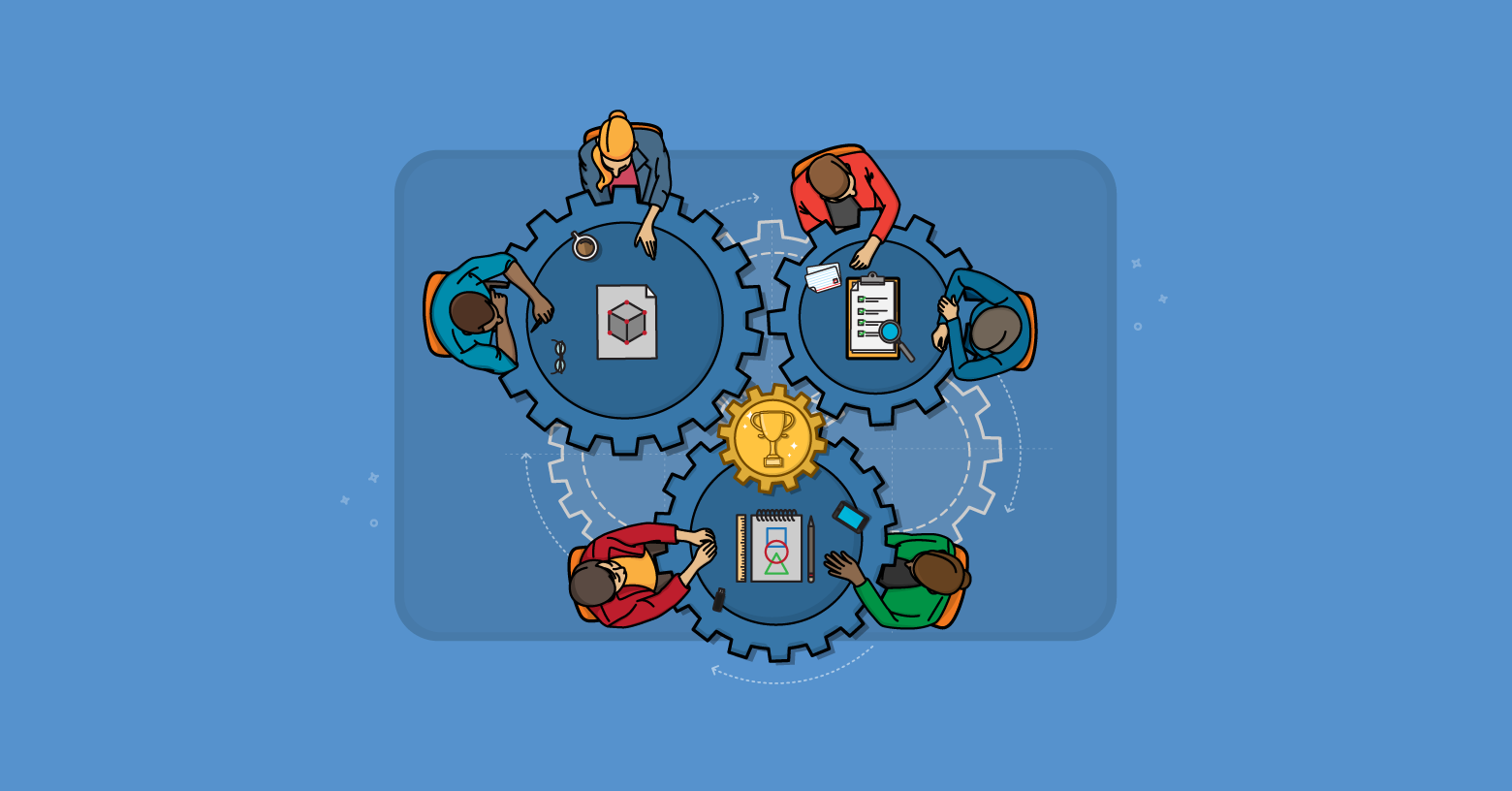Teamwork and collaboration are essential practices to cultivate on agile projects.
What Is Agile Collaboration?
Agile collaboration is the practice of working together effectively within an agile framework, such as Scrum, to achieve common goals. Agile collaboration is about fostering a high-performing team culture where team members work together, hold each other accountable, and continuously improve through shared goals and mutual support.
How Does Collaboration in Agile Teams Feel?
A common metaphor for agile teamwork is a rowing crew: 8 people each pulling an oar in a shell boat.
Unless you’ve rowed on a team you may not know how perfectly it captures the agile collaboration meaning and spirit.
Rowers use the term swing to refer to a crew whose members are all perfectly synchronized. And I do mean perfectly synchronized. This means each rower:
- puts an oar into the water at the exact same time
- pulls for the the same time and distance at the same speed
- lifts the oar out of the water at the same time, and
- slides forward at the same pace
Swing doesn’t happen very often. Someone is usually off by a fraction of a second at some point each stroke, and that’s enough that everyone in the shell feels it. When I rowed, our boat might have gone an entire race without once truly achieving swing.
(Yes, it was usually my fault. Thanks for asking.)
Benefits of Agile Collaboration
There are many good results when a cross-functional team achieves the feeling of swing that comes from collaborative agile teamwork.
Small, Frequent Handoffs. Handoffs of work between team members are frequent, small, and without fanfare, because tasks are designed to overlap. Team members become like couples who’ve been together long enough that they finish each other’s ... (Did you finish my sentence for me?) But instead of finishing each other’s sentences, they finish each other’s work.
Short and Valuable Meetings. When teams achieve the swing of cross-functional collaboration, meetings are short and valuable because feedback loops are short, and happening in real time. Team members are working together and communicating often, so most people are up to speed already, so meetings can focus on what matters.
Collaborative Planning. Teams work towards a goal, and they generally achieve that goal. When they don't meet a goal, everyone (including leaders) understands that goals are not guarantees.
Try-It-and-See Mindset. In agile and collaborative cultures, a try-it-and-see mindset prevails. Instead of arguing over practices (such as user stories vs. job stories or story points vs. time) or frameworks (Scrum vs. SAFe or Kanban), empowered teams experiment and decide for themselves what works best.
Fun and Engaging Work Environment. On an agile team in swing, team members are having fun. I sometimes decry that work is called work. I sincerely want work to be fun. I’m not naive: I know that won’t always be the case. But when a team is working together well, it is fun.
Inevitable Success. Finally, with swing there is a feeling that success is inevitable. As a Scrum team delivers more and more value, achieving outcome after outcome, the team starts to almost consider itself unstoppable.
Agile Collaboration Is Hard, But Achievable
Achieving all of this isn’t easy, just as it’s not easy for a rowing crew to swing. But when a team is collaborating well, it is a sign that you have built a successful agile team.
As a company, we’re lucky to work with many different agile teams, training them to improve collaboration and find their swing.
We’ve learned that there’s no one set path to achieve this. Some teams need to level-set their understanding of agile, others need to write better user stories together, or collaborate on agile plans.
It’s one of the reasons we designed our Flex and Select passes for agile teams. You get discounted training seats and don’t have to select a course until a later date. If you’re planning future agile training but don’t know which classes are best for your team, consider one of these flexible training options.
Last update: September 30th, 2025









